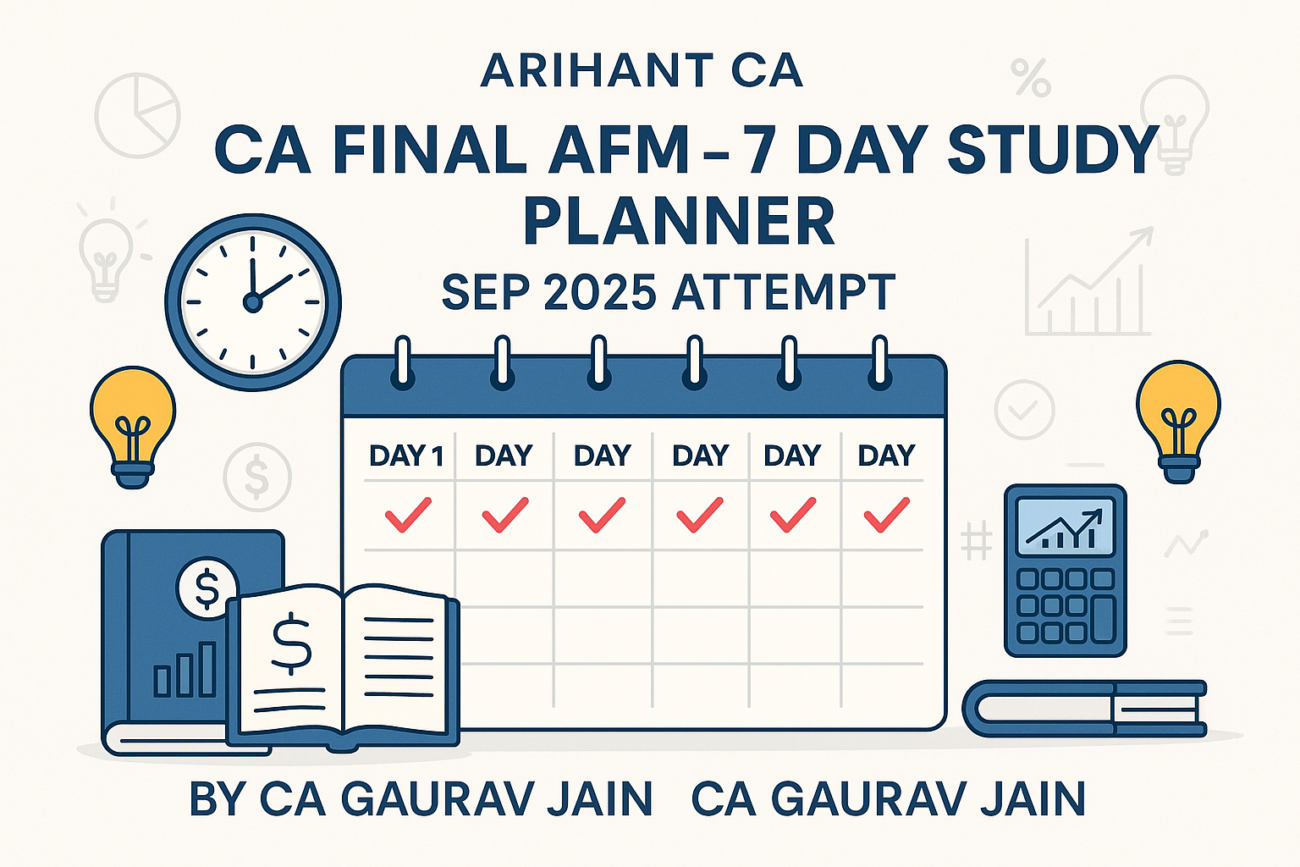Every attempt, lakhs of students register for the CA exams—but only a fraction of them actually walk into the exam hall.
Every attempt, lakhs of students register for the CA exams—but only a fraction of them actually walk into the exam hall.
As a teacher, this is one of the most worrying trends I’ve seen in recent years.
The Problem:
On paper, the registration numbers look massive. But exam centers often tell a different story—rows of empty seats, absentee lists longer than expected, and students who’ve paid the fees yet never show up.
This isn’t about failure. It’s about not even attempting.
Why is this happening?
Over the years, I’ve seen patterns repeat:
• Fear of failure from repeated attempts
• Lack of mentorship or direction—especially after failing once
• Emotional burnout and isolation
• Students registering due to peer pressure or FOMO, not readiness
• No structured backup plan—so one failure feels like the end
What’s more painful? Most of these students have potential. What they lack isn’t intelligence—it’s support, clarity, and mental stamina.
The Way Forward:
As teachers, we need to stop being just subject experts.
We need to become mindset coaches—building emotional resilience, helping students learn how to restart, and reminding them that showing up is half the battle.
Because behind every un-attempted paper is a student who needed a push, not a lecture.
And to those preparing for the September 2025 attempt:
If you’re finding yourself in a similar situation—questioning whether to show up or skip it—pause and talk to someone.
Don’t hesitate to reach out to your mentor, your faculty, or even to me.
A single conversation can bring back the clarity you’ve lost.
Let’s make sure you don’t just register—this time, you show up. 💯
#CAStudents #MindsetMatters #ShowUpStrong #CAFinal2025 #CASeptember2025 #ICAIStudents #ICAI




